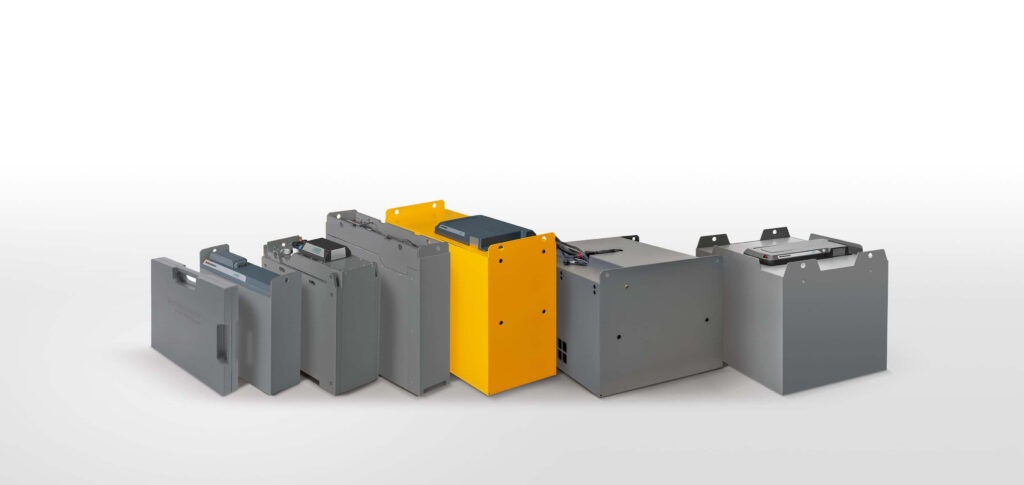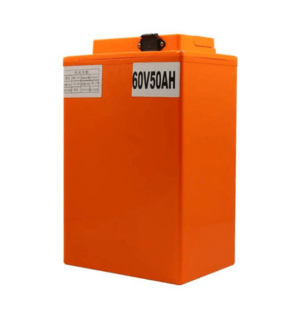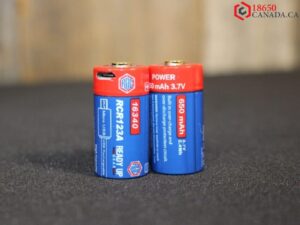Lithium-ion batteries are widely used in smartphones, tablets, laptops, and other devices that need rechargeable power. They work by moving lithium ions between two electrodes (anode and cathode) through an electrolyte solution inside the battery cell. The electrons that power your device flow through external circuits.
However, lithium-ion batteries have a limited lifespan. They can only go through a certain number of charge and discharge cycles before they start losing capacity and taking longer to charge. This is because of the chemical reactions that happen at the electrodes, which create layers of atoms that reduce their efficiency.
To make your lithium-ion batteries last longer, you need to take care of them properly. This includes choosing the right charger and following some best practices for charging and storing them. Here are some tips to help you.

Choose A Charger With The Right Voltage And Current
The voltage and current of your charger affect how fast and how well your battery charges. The voltage should match the maximum voltage of your battery, which is usually 4.2V for a single-cell lithium-ion battery. The current should be within the safe range of your battery, which depends on its capacity (mAh).
A good rule of thumb is to charge your battery at a rate of 0.5C or lower, where C is the capacity of your battery. For example, if you have a 5000mAh battery, you should charge it at 2.5A or lower. Charging at a higher rate can cause overheating and damage your battery.
You can use a USB port or an external power supply as your charger source, as long as they provide the right voltage and current. A USB 2.0 port can provide up to 5V and 500mA, while a USB 3.0 port can provide up to 5V and 900mA. You can also use a dedicated lithium-ion battery charger module that has built-in protection features and LED indicators.
Follow the CCCV Method for Charging
The best way to charge your lithium-ion battery is to use the CCCV (constant current-constant voltage) method. This means that you first charge your battery with a constant current until it reaches its maximum voltage (4.2V). Then you switch to a constant voltage mode and keep charging until the current drops to a low level (usually 10% of the initial current).
This method ensures that your battery gets fully charged without overcharging or undercharging. It also prevents excessive heat generation and prolongs the battery life.
Avoid Deep Discharges and Recharges
Another tip to extend your lithium-ion battery life is to avoid letting it drain completely or charge it fully. Instead, you should keep it between 20% and 80% of its capacity most of the time. This reduces the stress on the battery and prevents degradation.
You don’t need to calibrate your battery by doing a full discharge and recharge cycle when you first get it or regularly afterward. This is not necessary for modern lithium-ion batteries and may actually harm them.
Store Your Battery Properly
If you are not going to use your device or battery for a long time, you should store it properly to prevent damage. You should store it in a cool and dry place, away from heat sources and direct sunlight. You should also store it at around 50% of its capacity, not fully charged or discharged.
By following these tips, you can choose the best charger for your lithium-ion batteries and make them last longer. Remember to always check the specifications of your battery and charger before using them, and follow the safety precautions.
Final Thoughts
To summarize, choosing the right charger for your lithium-ion batteries is essential for their performance and longevity. By understanding the specific charging requirements and following manufacturer guidelines, you can ensure safe and efficient charging. Whether you need a fast charger for quick top-ups or a smart charger with advanced features, making the appropriate choice will optimize your battery’s lifespan and performance. Prioritizing safety, compatibility, and efficiency will unlock the full potential of your devices and provide a reliable charging experience.

